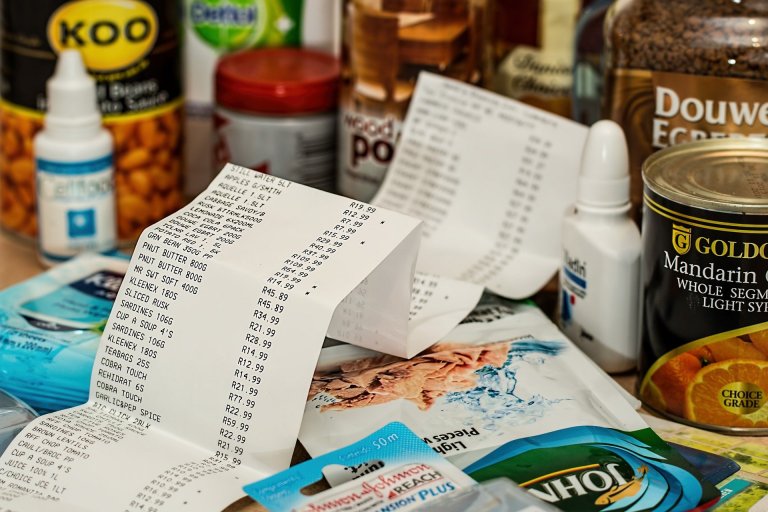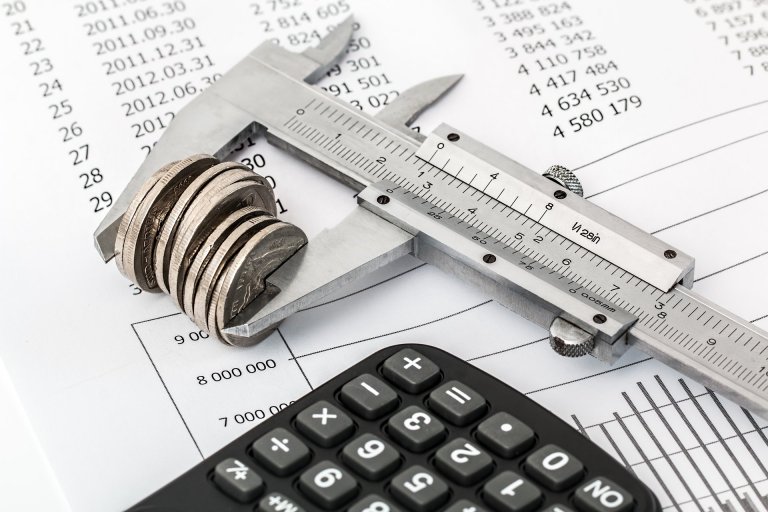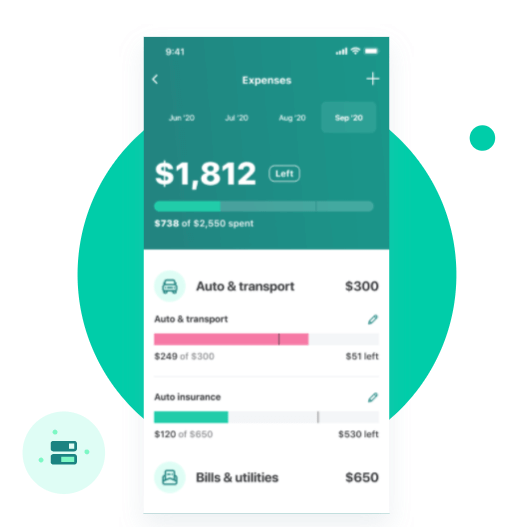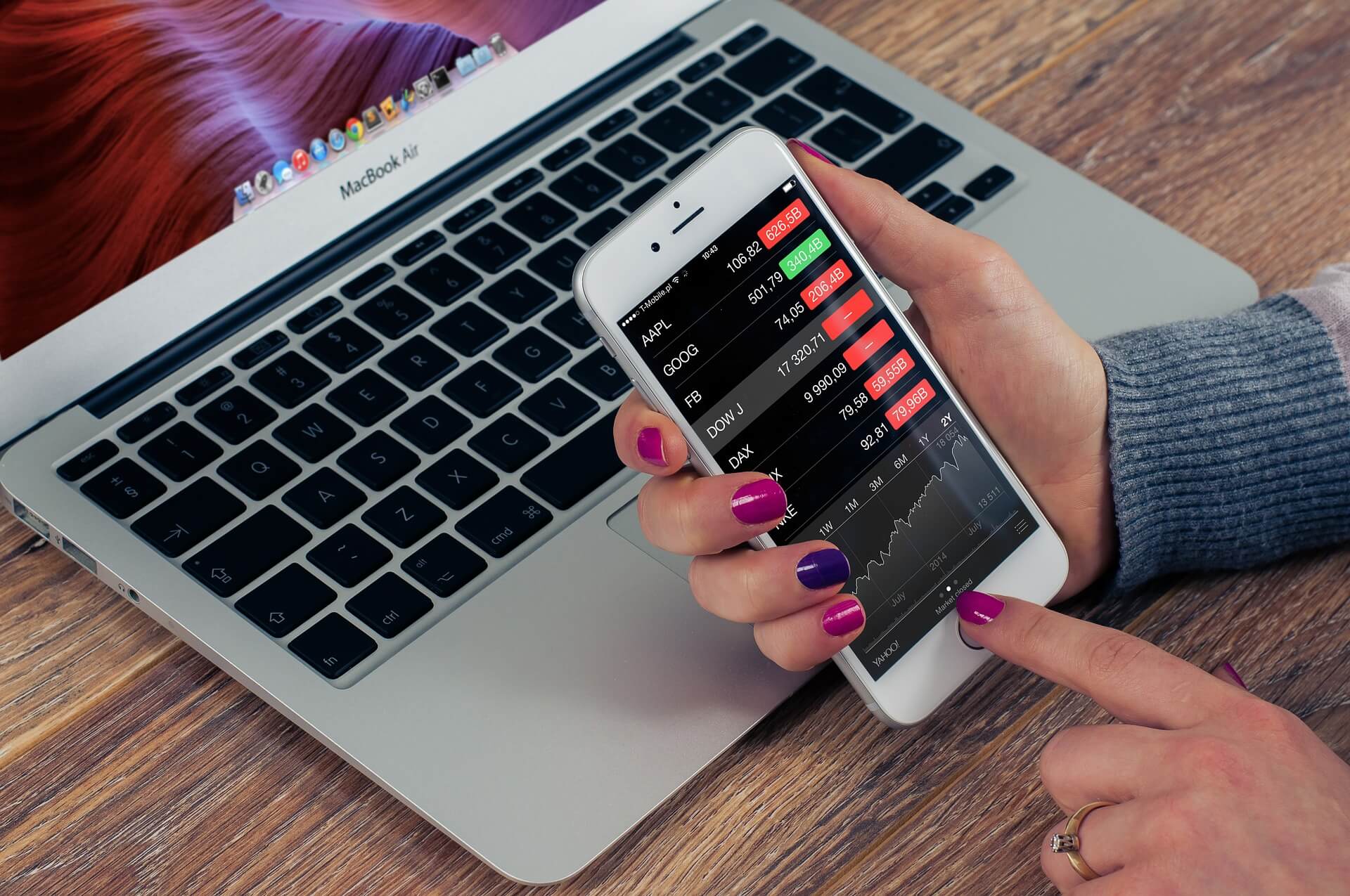Control Your Spending
Creating a budget is one of the pillars to creating a solid financial foundation. It is recommended for anyone who is trying to have savings goals, reduce their spending, or just awareness of how your money is flowing. If you have never set up a budget, you may be surprised how easy it is, but more importantly, how off some of your spending assumptions may be. I’ll help break down the steps to help build a budget from the ground up.
Research
The first thing you’re going to need to do is gather all of your spending. This means logging into your bank and categorizing all of the transactions over the past few months. I know this is a tedious job, but necessary for creating a realistic budget. If you use cash for purchases, make sure to keep your receipts for a while to get a true feel for your spending habits. My advice is to download these transactions and put them into excel for easy data manipulation.
One thing to keep in mind, you need to include income as well. It is critical when creating a budget, so you know your limits.

Organize Your Spending
Now, that you have categorized your spending over the past few months, it’s time to create budgets. The trick to creating a quick base line is to add up all of the transactions in a category, then divide it by the number of months of data you gathered.
Example: You spent $900 on restaurants in the last three months. Divide $900 by 3 months to get a monthly spending of $300 per month.
Do this with all of the categories you created and you will get a baseline of how you have spent your money. For some, this will be a slap in the face. You probably did not realize how much you were spending on restaurants or DoorDash each month.

Create The Budget
It is now time to create your budget. At the top, put how much you bring in each month, then move to expenses. Some of the budgets are easy, like rent or car payment, because they are fixed payments each month. Because of this, start here. Hopefully, the sum of these fixed payments does not exceed the income.
Next, list out all expense categories and the calculated monthly spend rates. At this point, the calculated total may exceed your income. This is the reason we need a budget in the first place. Or, maybe you want to start saving a few hundred a month, so you need to hone in your spending.
Be Realistic
From here, you will need to start setting realistic spending goals for each category. I want to stress the realism. Saying you’re only going to go out for coffee once a month when you typically go daily is not realistic. The goal here is to reduce and control, not to necessary cut off completely.
When you have listed out your expenses and set realistic budgets, again total the expenses and make sure you did not exceed the income. If you have a surplus, then perfect! Let’s go from here.
Track Your Spending
Track your spending from here on out to see how you’re doing. There are a few ways to do this. First, you can do the envelop method. This is where you take out your budget in cash, write the category on the envelop and only spend from the envelop. This way, you wont go over budget, because your budget would literally be depleted. It is important that you do not use your debit/credit card for these type of purchases because you’ll easily go over.
If you do not like to use cash, you can always just track on a spreadsheet like in Excel. This way you can utilize calculating functions to make your life easier.

Use Software
Fortunately, there is a lot of software out there that will help you with creating and following a budget. As previously mentioned, Excel is a useful tool that most people have access to. A free alternative is Google Sheets, which is free and almost does the same thing. This is perfect for people who do not want to link their banking information to a third party software.
If you are not one of those people, I highly recommend Mint. It is a free online software that links to all of your accounts. It breaks down your spending habits and allows you to easily create budgets. The best part is if you were to exceed a budget, it will notify you via email or text, however you prefer. I personally use Mint and would recommend it to anyone. But, there is other software that may be better for your specific needs.

Road Map to the Future
Having a strong budget the you can stick to will help with all of your future investing and saving goals. It’s hard to know where to go if you dont know where you’ve been. A well planned out budget gives you the road map to a successful future.
Disclaimer
Once again, I am not a financial advisor. These tips are some things I have validated with my own personal experiences. If you feel you need more personal advice, please consult a professional financial advisor. Dont forget to check out the Book List for published authors on this topic!




